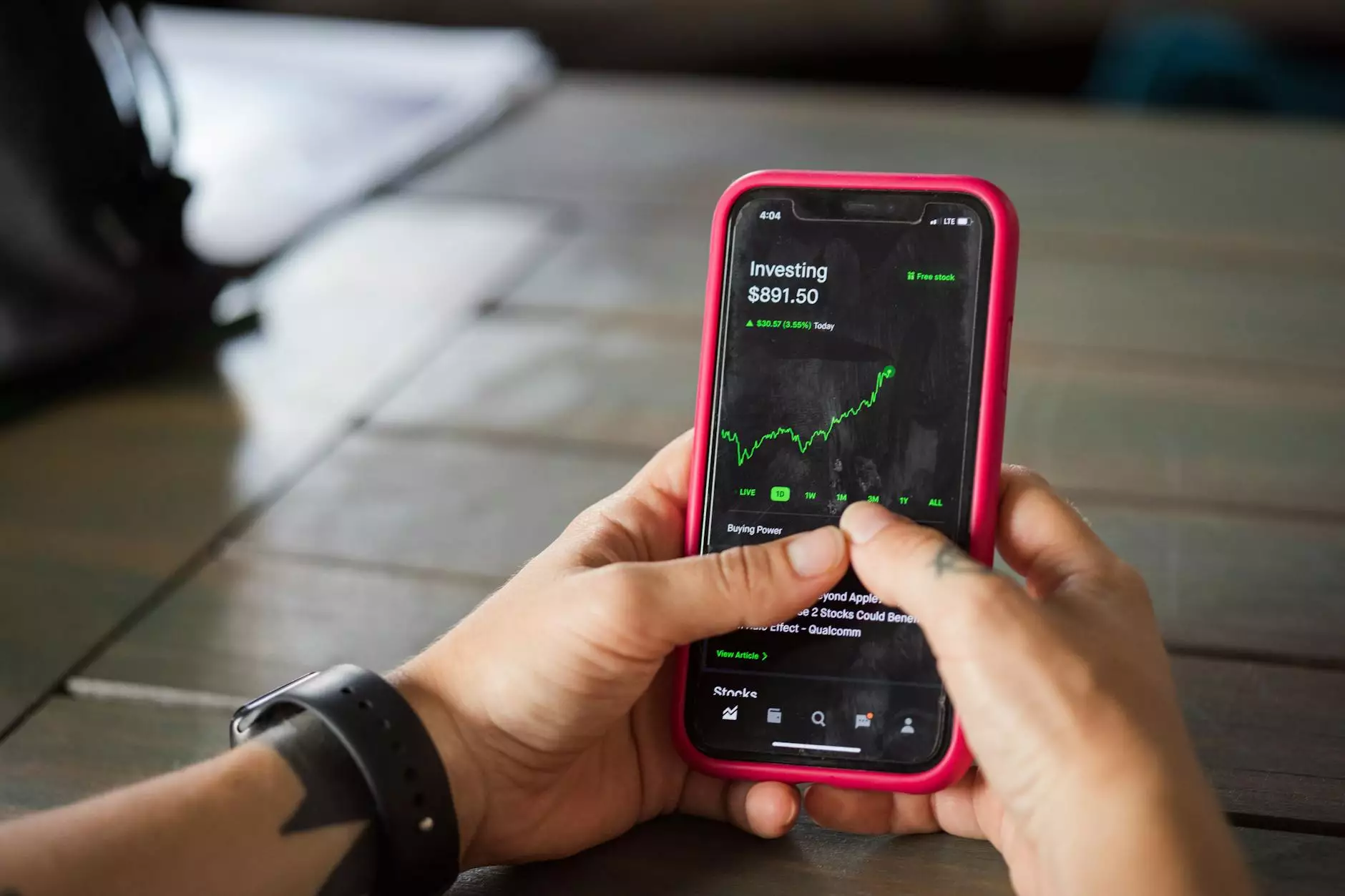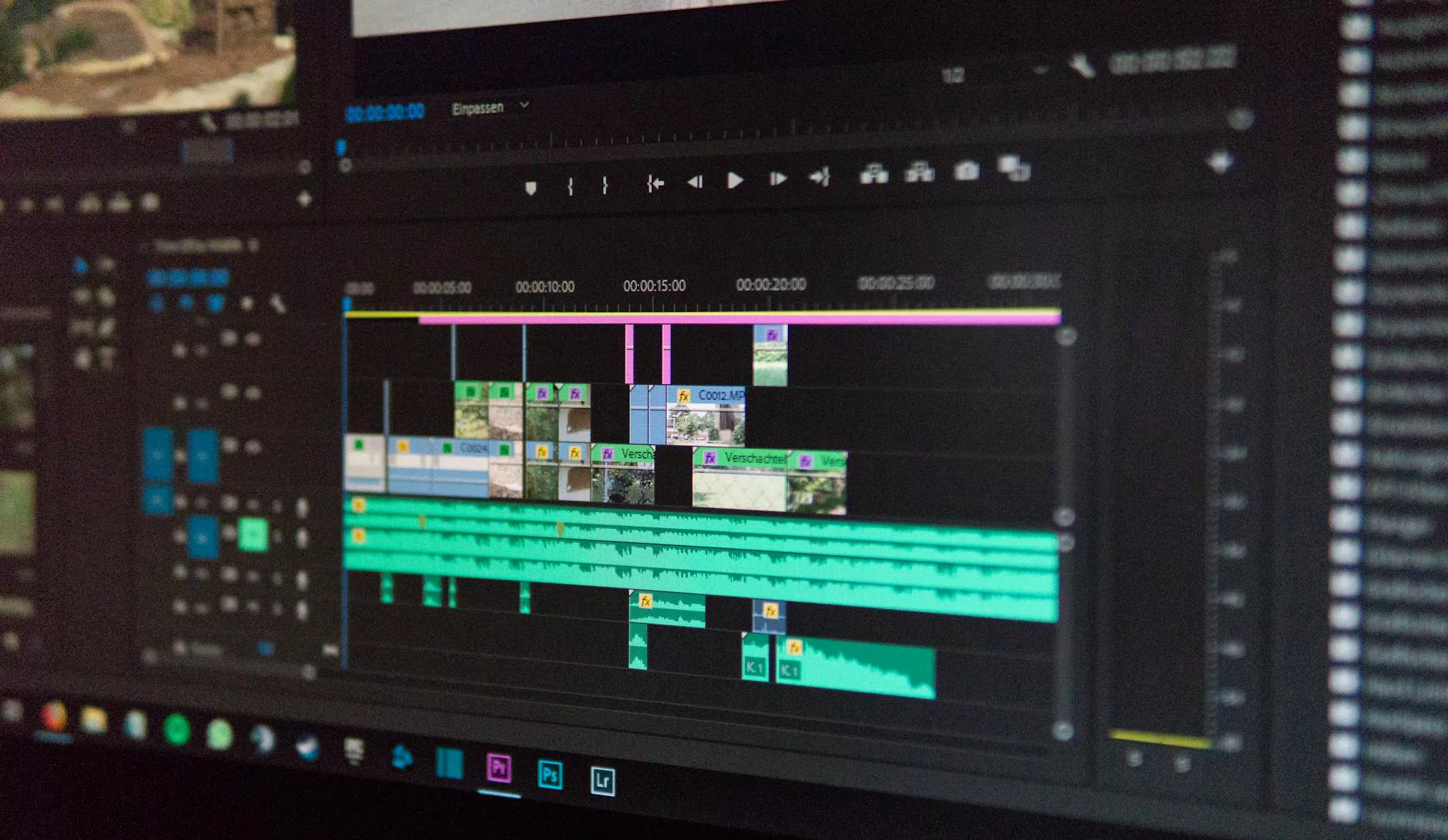Top Of Funnel, Middle Funnel, and Bottom Of Funnel Explained
SEO Category Archives
Introduction
Welcome to JODA Digital Marketing and Publishing's comprehensive guide on understanding the top of funnel, middle funnel, and bottom of funnel concepts in the digital marketing space. As a business and consumer services provider specializing in digital marketing strategies, we aim to help businesses gain a competitive edge in the online world through effective funnel optimization.
What is the Funnel?
In digital marketing, the funnel represents the customer journey from initial brand awareness to making a purchase or conversion. The funnel is divided into three main stages: top of funnel (ToFu), middle funnel (MoFu), and bottom of funnel (BoFu).
1. Top of Funnel (ToFu)
The top of the funnel is the broadest stage, focusing on creating brand awareness and attracting potential customers. At this stage, individuals may not be actively looking for a specific product or service, but they are open to discovering new brands and learning valuable information. Effective ToFu strategies include content marketing, social media engagement, and search engine optimization (SEO).
2. Middle Funnel (MoFu)
The middle of the funnel is where leads are nurtured and developed into qualified prospects. At this stage, individuals are aware of their needs or problems and actively seeking information or solutions. Businesses should focus on educating prospects, providing valuable resources, and establishing their expertise. Email marketing, lead magnets, and webinars are common tactics used in the MoFu stage.
3. Bottom of Funnel (BoFu)
The bottom of the funnel is the final stage where prospects are ready to make a purchasing decision. At this stage, businesses need to provide a compelling offer, showcase their unique value propositions, and facilitate the conversion process smoothly. Tactics such as personalized offers, product demos, and customer testimonials are highly effective in the BoFu stage.
Why Understanding Funnel Stages is Important
By understanding the funnel stages, businesses can tailor their marketing strategies and engage with potential customers more effectively. Implementing appropriate tactics at each stage allows for better lead generation, increased conversions, and improved return on investment.
1. Optimizing Top of Funnel Strategies
To optimize top of funnel strategies, businesses should focus on creating high-quality content that resonates with their target audience. Keyword research and optimization play a crucial role in attracting organic traffic through search engines. Social media engagement, influencer partnerships, and paid advertising can also help widen brand reach.
2. Nurturing Leads in the Middle Funnel
In the middle funnel, businesses need to provide valuable resources and information to help prospects make informed decisions. Building an email list allows for ongoing communication and personalized nurturing. Tailored content, case studies, and interactive webinars can help prospects move closer to conversion.
3. Optimizing Conversion at the Bottom Funnel
At the bottom of the funnel, businesses need to eliminate barriers to conversion and provide a seamless purchasing experience. Offering limited-time discounts, free trials, or money-back guarantees can help instill confidence in the customer's decision. Utilizing testimonials, reviews, and social proof can further enhance trust and drive conversions.
Conclusion
Understanding the top of funnel, middle funnel, and bottom of funnel concepts is essential for any business aiming to succeed in the competitive digital marketing landscape. By tailoring strategies to each stage, businesses can improve brand visibility, generate better leads, and drive conversions. At JODA Digital Marketing and Publishing, we specialize in helping businesses optimize their funnels and achieve sustainable growth. Contact us today for personalized digital marketing solutions tailored to your unique needs!










